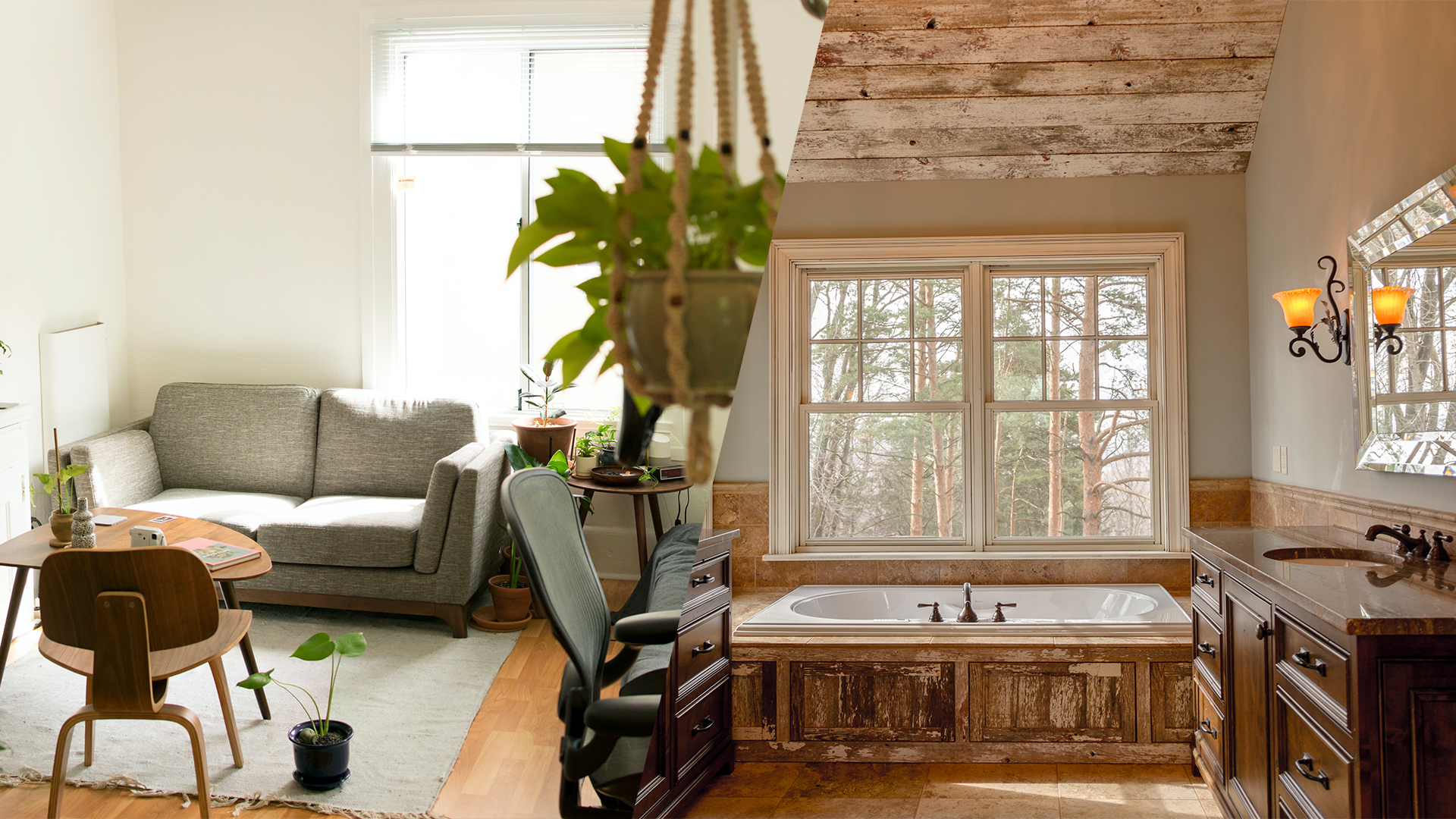New Builds Vs. Older Properties – Which is best for at-home working?
The remote work revolution is nowhere near over; indeed, it seems to have only just begun. The pandemic was merely a catalyst for an inevitable shift in the world of work, as technological development has made it all the easier for the average citizen to access their work from home.
Naturally, then, the prospect of remote work has begun to feed into essential life choices – chiefly, the purchasing of a home. Making space for at-home work has become a key factor in house-buying decision-making, which leads us to our essential question: are new builds or older homes better for working at home?
Pro New: The Modernity of New Builds
New builds enjoy the luxury of modern development and technology; not only do they often feature the trappings of modern domestic life, but they are also constructed with modern-day processes and regulations in mind. Modern conveniences like power outlets with 5V USB sockets are simple modern conveniences but preface larger modern shifts in home design – such as the design of ready-made home office spaces.
Pro Older: The Character of Older Homes
While newer homes might have modern life inherent to their design, this does not make them inherently better for you to live in. Modern new builds often lack character, on account of having been built equivalent to hundreds of others in the same area – and not having had time to develop individual character against them.
Older properties, though, wear their years on their sleeves. No two pre-existing home is the same, as some period features may remain in some homes but not others, while evidence of prior renovations may remain. Older properties also often enjoy larger rooms, which means more space for a working environment and more opportunity to make it your own.
Pro New: Maintenance and Energy Efficiency
New builds are more energy efficient as a rule – and quite literally so, where new building regulations on thermal insulation require new builds to exhibit a base level of efficiency. Older homes can be easily retrofitted to meet these standards but at a potentially high cost.
New build homes are often certified with warranties, which offers an additional layer of protection for budding homeowners above and beyond the superior build quality of many new builds. That said, there are some poor projects that have seen corners cut, and which could incur costs for the uncareful. Older homes are not exempt from this by any stretch, though; they have had longer to develop structural issues, which are important to be caught by your conveyancer before purchase. This is where many conveyancing negligence claims are formed.
Ancillary Considerations
Irrespective of the form or quality of your potential home, there are extraneous factors that are important to consider in making your final decision. Location is everything when buying a home, and this certainly does not change even if you are working remotely.
You might require transport links for occasional in-office meetings or debriefs, or in order to visit the city centre or your family with ease. You might require proximity to a school for your children. Work-life balance is key, which can make rural locations with few amenities more demoralising for remote workers. Ironically, new builds are often more likely to be far from amenities, having often been built on the outskirts of pre-existing suburbs.




